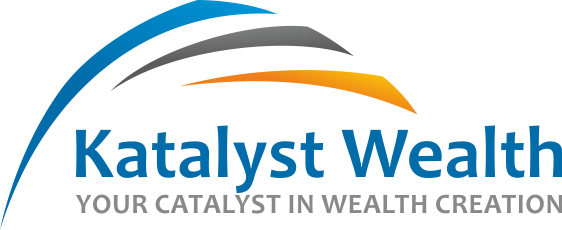Hello Reader,
We all want our investee companies to grow their earnings and pay out dividends to us as shareholders.
However, do you know - A good company with high return on equity (ROE), zero debt but with a very high dividend payout may not prove to be a great investment in the long run.
Unless of course you rely on dividends as income source.
You know why?...read more
Before that – Sometime back, we released new special situation recommendation for our Alpha + members. It looks like a relatively low downside opportunity based on the combination of factors discussed in our report. The holding period for this one should be around 3-4 months
Regarding upside, 20-50% is possible from our recommended levels; however, nothing can be said with certainty in such cases. For details Click HERE
Let's first understand something about the relation between:
- sustainable growth rate,
- Return on equity (ROE),
- additional sources of funds and
- dividend payout
In general, when investing in a stock, you would want the company to have high growth rate without increasing financial leverage (debt) much.
So, how can the company grow -
- by reinvesting retained profits
- by taking on additional debt
- by raising money through issue of shares
When a company has very high dividend payout ratio (say more than 50%), it's normal to assume that the company has no need of external sources of money - debt and additional equity.
Because otherwise you would expect the management to pay off debt or not dilute equity than pay high dividend.
So, what will be the sustainable growth rate (SGR) for a high dividend payout company that doesn't finance growth with additional equity or debt.
You can determine the number from the below formula.
SGR = ROE x (retained earnings) or
SGR = ROE x (1 - dividend payout ratio)
Example - To make it simple, assume yourself to be a businessman. You have invested Rs 100 crore of your own capital in a venture and have not availed any debt. In the first year, the business generates Rs 20 crore profit. So, the ROE is 20%.
Now, out of Rs 20 cr. profit, you decide to pay yourself back Rs 12 cr. and invest the remaining Rs 8 cr. in the business. So, here Rs 12 cr. is the dividend and the div. payout out ratio is 12/20 = 60%
While Rs 8 cr. is the retained earnings in the business.
The overall capital invested in the business for the 2nd year becomes Rs 100 cr. (original capital) + Rs 8 cr. (retained earnings). Assuming the ROE remains same i.e. 20%, so this year you will generate PAT of Rs 21.6 cr.
So, the growth in PAT from 1st year is 21.6/20 = 8%
What the above example shows is that despite high ROE of 20% and zero debt, the growth is only 8% because you retained only 40% of the earnings and paid the remaining 60% as dividend.
It could also mean that as the promoter of the business you probably don't find enough opportunities for re-investment.
Thus, if you are young and don't rely on dividends as a source of income, a very high dividend payout ratio may not exactly be desirable. Of course, there are businesses that do not require significant capital for growth, like IT companies, but those are few and far.
We have tried to explain the concept of growth in business, ROE, sources of funds and dividend payout in very simple terms. Hope you find it useful in your investment journey.
Best Regards,
Ekansh Mittal
Research Analyst
Web: https://www.
